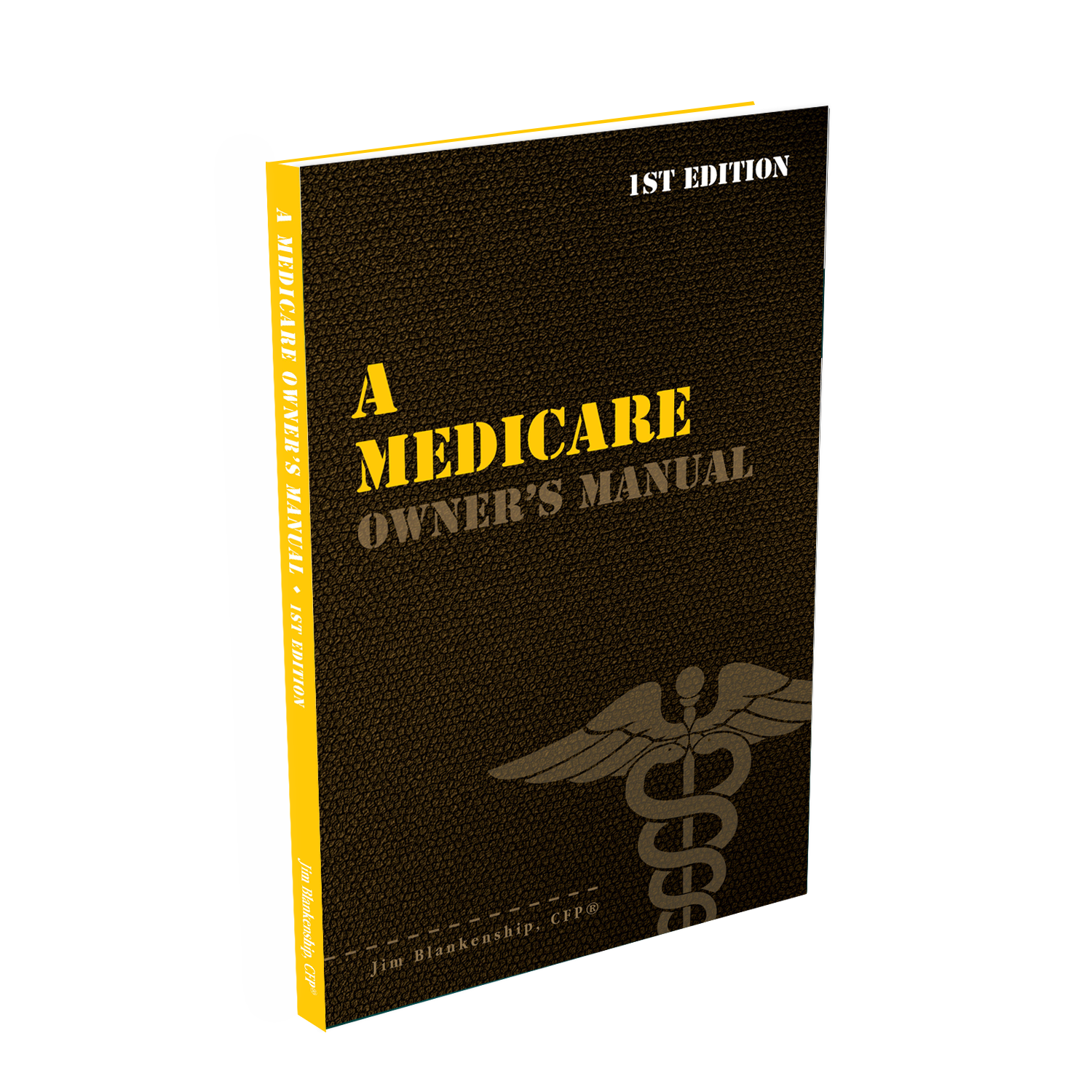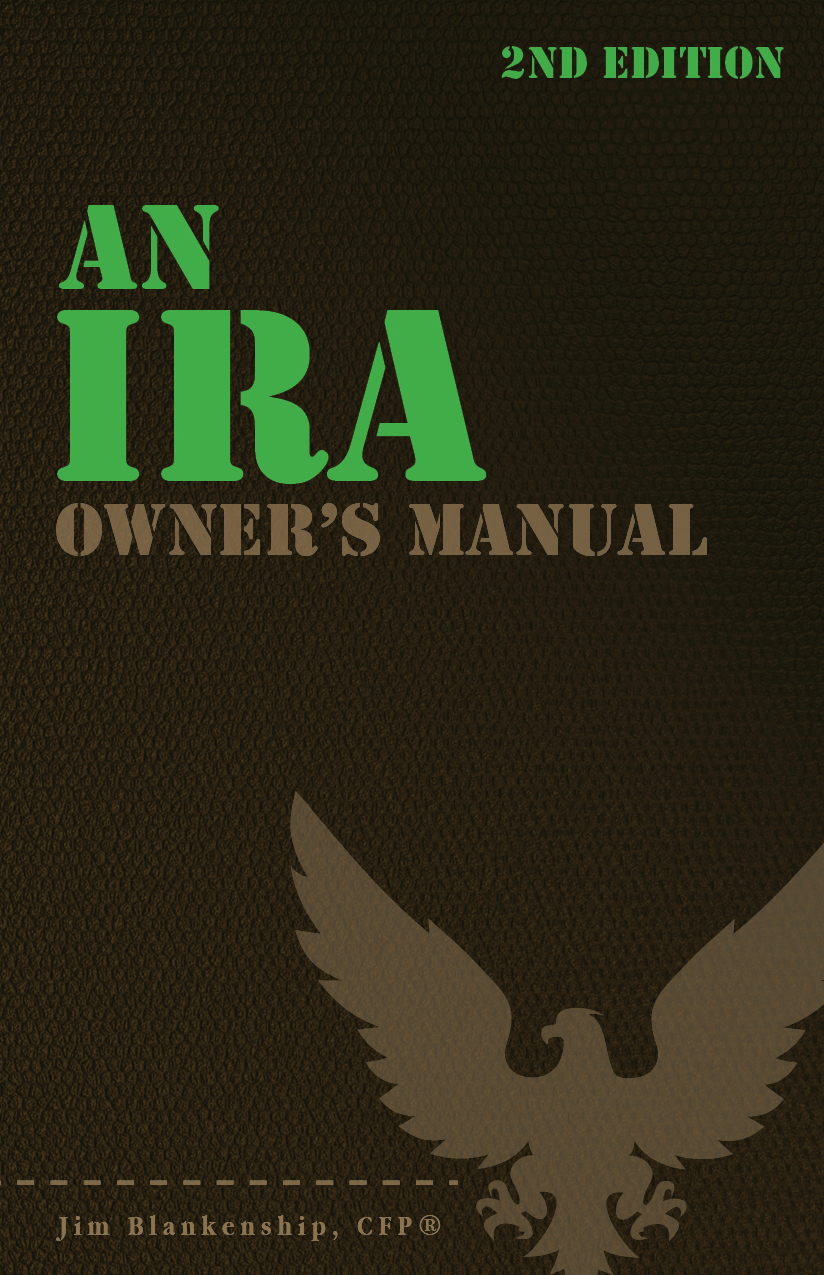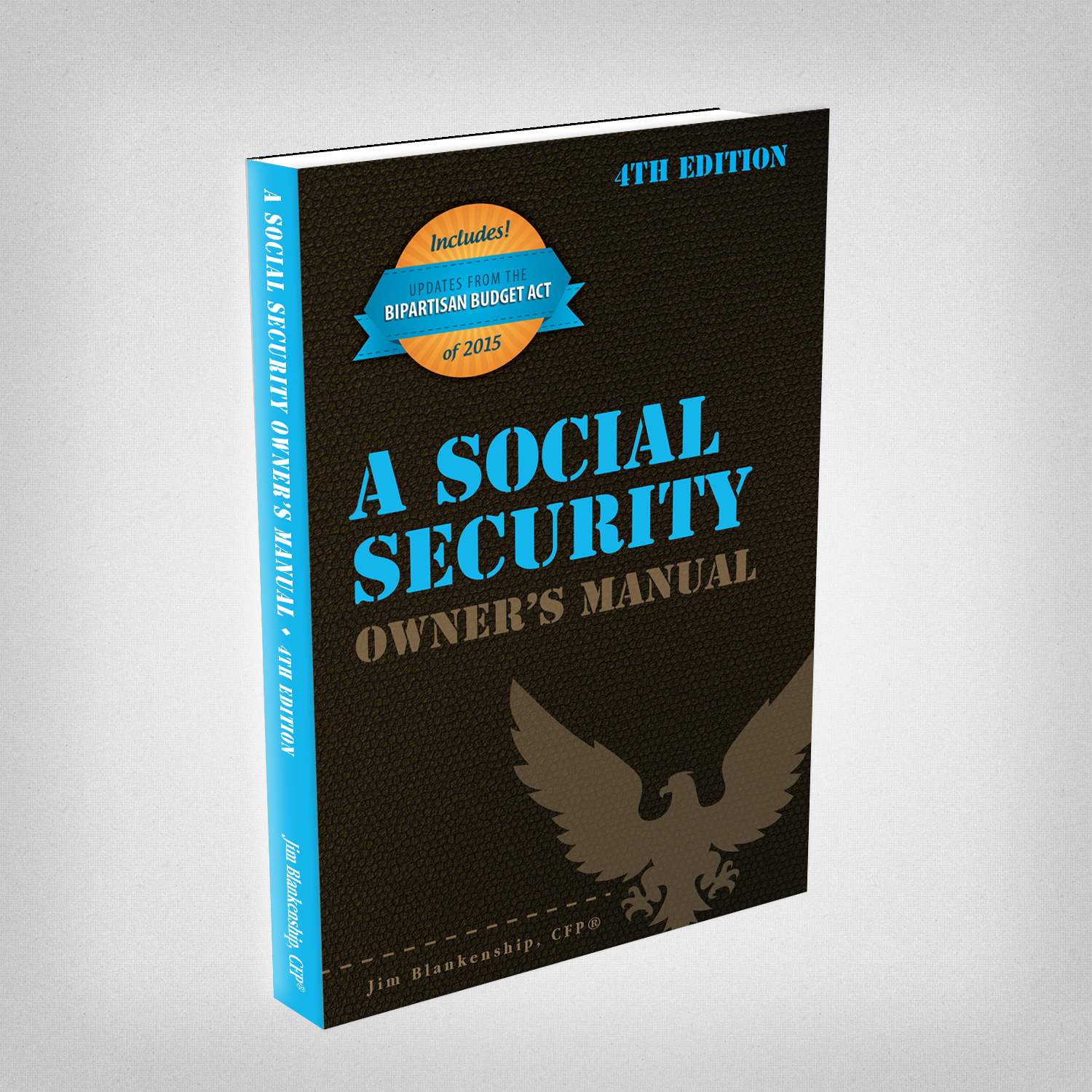
Photo credit: diedoe
If you know the rules, you must know that one of the main requirements for making contributions to an IRA is that you must have earned income. For most folks, that means you have a job… but it doesn’t have to. Below are four ways that you can have “earned income” without a job – plus a few ways to make contributions without having paid ordinary income tax on the wages. These exceptions are for either kind of IRA: traditional or Roth.
Four Ways to Contribute to an IRA Without a Job
- If your income is solely from exercising non-qualified stock options. When you exercise non-qualified stock options, the taxable component of the option exercise is considered taxable income, and therefore is eligible for contribution to an IRA.
- Alimony. If you receive alimony, it is taxable as ordinary income, which is eligible for IRA contribution. This only applies to alimony from a divorce that occurred before 2019 – alimony from a divorce in or after 2019 is not considered taxable income, and therefore could not be used to fund an IRA if that’s your only income.
- Scholarships and Fellowships. If these are taxable, reported in box 1 of a W2 form, they’re considered earned income for contribution to an IRA.
- Spousal contribution. If your spouse has earned income (and you have none or not enough to make a maximum contribution), you are eligible to make an IRA contribution based on your spouse’s income. The limit is that the total of all IRA contributions (yours and your spouse’s) cannot exceed the earned income of the working spouse.
A Few Ways to Make Contributions Without Paying Tax on the Income
- Non-taxable combat pay. If reported in box 12 of your W2 form, this no-tax money also eligible for contribution to an IRA or Roth IRA.
- Exempt students. If a student has exempt earnings from a job, that income can be used to make IRA or Roth IRA contributions.
- If your income is less than your deductions or the standard deduction. In this case, effectively you are not paying tax on the earnings – but the IRA contribution is based upon your Modified Adjusted Gross Income, so you can still make an IRA contribution with the non-taxed funds.
In the above 3 examples, unless circumstances dictate otherwise, you should strongly consider contributing the non-taxed income to a Roth IRA. In either case you wouldn’t likely have a need to deduct a traditional IRA contributions from your income (since none of your income is taxable), and so the Roth IRA makes the most sense. The contributions and any growth on them will always be tax free (under current law).


 Sterling Raskie, MSFS, CFP®, ChFC®
Sterling Raskie, MSFS, CFP®, ChFC® The latest in our Owner’s Manual series, A 401(k) Owner’s Manual, was published in January 2020 and is available on
The latest in our Owner’s Manual series, A 401(k) Owner’s Manual, was published in January 2020 and is available on  A Medicare Owner’s Manual, is updated with 2020 facts and figures. This manual is available on
A Medicare Owner’s Manual, is updated with 2020 facts and figures. This manual is available on  Social Security for the Suddenly Single can be found on Amazon at
Social Security for the Suddenly Single can be found on Amazon at  Sterling’s first book, Lose Weight Save Money, can be
Sterling’s first book, Lose Weight Save Money, can be  An IRA Owner’s Manual, 2nd Edition is available for purchase on Amazon. Click the link to choose the
An IRA Owner’s Manual, 2nd Edition is available for purchase on Amazon. Click the link to choose the  Jim’s book – A Social Security Owner’s Manual, is now available on Amazon. Click this link for the
Jim’s book – A Social Security Owner’s Manual, is now available on Amazon. Click this link for the  And if you’ve come here to learn about queuing waterfowl, I apologize for the confusion. You may want to discuss your question with Lester, my loyal watchduck and self-proclaimed “advisor’s advisor”.
And if you’ve come here to learn about queuing waterfowl, I apologize for the confusion. You may want to discuss your question with Lester, my loyal watchduck and self-proclaimed “advisor’s advisor”.
There are some great ideas here that I have never thought of using. I will definitely be taking some of them into account for the future. Thanks for sharing!